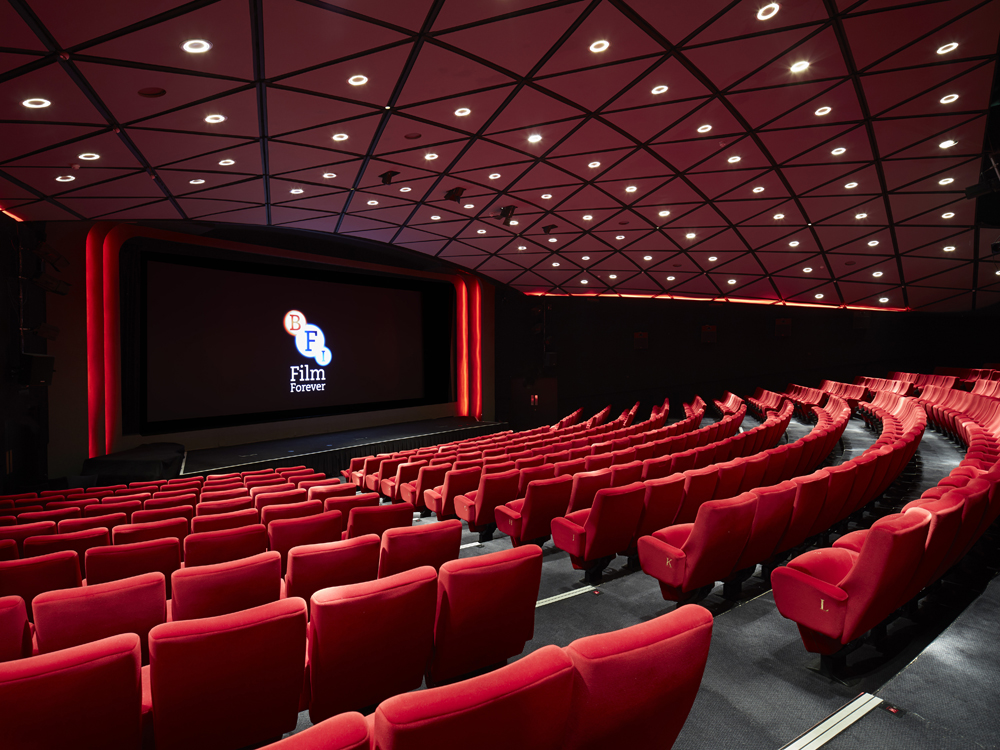In order to get a clearer view of what I will produce for my final OTS, I have looked at some films created by previous students to get an idea of what is good to include and what is not.
The Opening Title Sequence 'Vindicate' (above) is of very high standard and includes lots of high level techniques such as foley, soundtrack, sound effects and slow motion editing. There is the correct number of credits and they have positioned the text so that it is as if it appears in the scene. There are also some errors, the title of the film is at the end, which makes it seem like a trailer rather than opening credits. Overall I would give this sequence a level 4 (A).
The Opening Title Sequence 'The Edge' (above) is also of a very high standard. It contains the correct number of credits and similar to 'Vindicate' it has credits placed within the scene (against walls, etc.) however, some credits are quite hard to read as they go off screen very quickly, and are positioned in an awkward place. There are also some shaky camera shots at the start as it is handheld. The sequence is also slightly on the longer side (3 and a half minutes) but it is of such high quality that it looks almost professional. I would give this sequence a level 4 (A).
This Opening Title Sequence is of a lower standard to the two examples above. The plot is a little cliche, the knife and the flash forward are two features that was advised not to include as it is difficult to produce these to a high standard. The typography of the credits is a little simplistic and does not add any depth to the enigma. There are, however, some strong camera shots, like a birds eye and editing techniques, like match on action and shot-reverse-shot included. Overall I would give this sequence a high level 2 (C/D).










